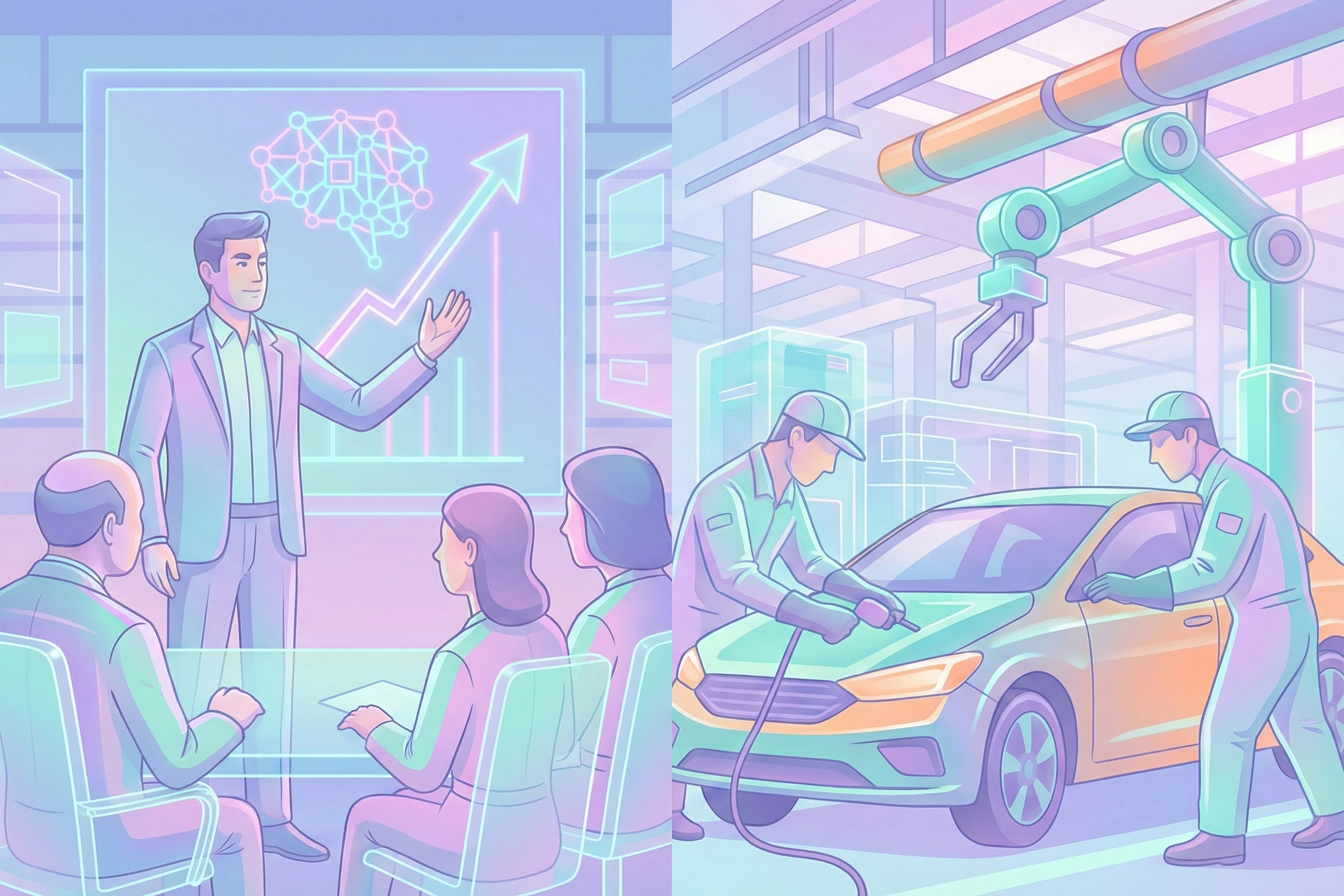
In 2014, Brazilian prosecutors uncovered the largest corruption scandal in history. Five years later, “Lava Jato” has put several Latin American presidents behind bars as investigations continue to root out corrupt officials. While this crisis reflects weak political institutions, it is moreover a ‘critical shaping moment’ that may rapidly improve these institutions. Especially countries facing the Pacific Ocean are showing promising signs of improvement.
A political crisis like Lava Jato is commonly understood as the product of a weak political system. The thinking goes that Lava Jato is simply proof of the lack of modern political systems across Latin America, which provides corrupt officials with opportunities to extract resources from the state and its people. While this may be true, there is much more to be understood about the nature of this crisis. Most importantly, nearly all countries modernize by facing such political crises. To build modern institutions, countries must abolish old patterns that have led to stagnation, which can only occur through a crisis because there is always a political structure (i.e. an elite) that benefits from the old situation and therefore has an interest to protect it. Indeed, all modern countries have faced such “critical shaping moments”: the modernization of the German state began after Napoleon defeated the Prussians at Jena in 1806, the Japanese Meji Restoration was launched after the U.S. destroyed the Japanese fleet in 1854, and Lee Kuan Yew modernized Singapore after it was abandoned by Malaysia in 1965. We should therefore understand a crisis like Lava Jato as a critical shaping moment which may lead to stronger political institutions. It has created a window of opportunitybecause the pressure for key groups to surrender power is at an all-time high. The U.S. experienced something similar: when a rejected office-seeker assassinated president James Garfield in 1881, the U.S. adopted the Pendleton Act to abolish its patronage system only two years later. It was a “critical shaping moment” that led to political modernization.
Political leadership is essential to seize the opportunity of a critical shaping moment. The immediate responses to crises can shape countries for many years (e.g. the Meji Restoration, the Pendleton Act). In the case of Lava Jato, some countries have seized this opportunity, while others have failed to do so. How can we explain this difference?
Countries facing the Pacific Ocean have shown more signs of improvement than those facing the Atlantic Ocean. From 2016 to 2018, with confidence in the political system plummeting, Chile under Michelle Bachelet passed 13 major pieces of legislation for campaign finance, party transparency, market regulations and election oversight. In Peru, president Martín Vizcarra has imposed an ambitious and highly popular anti-corruption agenda of reforming the judiciary, improving parties’ financing laws, vetoing re-election for lawmakers and re-establishing
a bicameral Congress. In Mexico, AMLO has launched a high-profile move against Pemex corruption and corrupt unions in his first months in office. Meanwhile, Brazil has not imposed any anti-corruption program because its leadership was implicated in Lava Jato and current president Jair Bolsonaro presents corruption as something restricted to his opponents (instead of an institutional problem). Something similar applies to Argentina: federal justice in Argentina is widely distrusted by citizens and known to be close to the political system.
The geographic difference between countries that face the Pacific and those that face the Atlantic is also a difference of state power. Countries facing the Pacific traditionally have stronger states. Their governments are more highly centralized, which means the national government holds more power vis-à-vis regional or local government. This allows them to impose more radical measures from the top down. From independence in 1939 to 2000 Mexico was ruled by a single party (the PRI) and the president has one term but is given great power, while in Chile the president wields the power to appoint regional officials. By contrast, Brazil and Argentina are more decentralized with state and local levels of government holding more power, which means the central government is weaker. Part of the explanation for this difference of state power could be that by facing the Pacific, countries like Mexico and Chile have historically been closer to Asia and its traditions of centralized political institutions. The Inca Empire, which stretched from Chili to Peru and parts of Colombia, already formed a highly organized government and a centrally planned economy. In fact, the ancestors of the Inca’s are thought to have come from Asia. During the 16th century Mexico has even been the center of the global economy by connecting China to Europe through the Silver Way. All in all, relatively strong centralized governments in Mexico, Chile and Peru have already led to more significant measures for reform during the critical shaping moment of Lava Jato, as is shown by the measures of AMLO, Bachelet and Vizcarra. If Mexico, Chile and Peru successfully institutionalize these anti-corruption measures, they could inspire the rest of Latin America (including Brazil and Argentina) to reform accordingly since the politics of Latin America have historically been characterized by continent-wide waves of reform.


